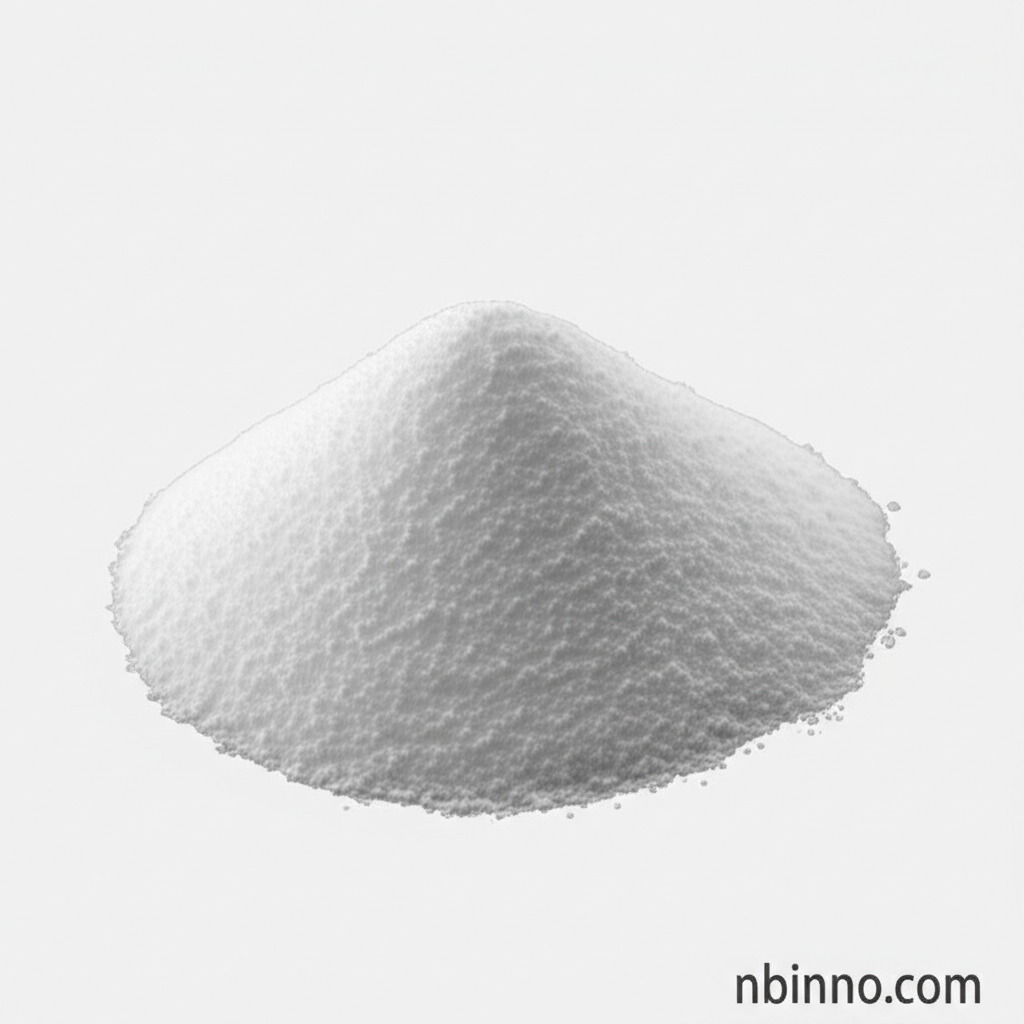1,3-Adamantanedicarboxylic Acid: Synthesis, Applications, and Key Properties
Explore the critical role of 1,3-Adamantanedicarboxylic acid in advancing pharmaceutical and electronic industries. Discover its synthesis pathways, applications, and why it's a go-to intermediate for modern chemical innovation.
Get a Quote & SampleProduct Core Value

1,3-Adamantanedicarboxylic acid
As a leading supplier in China, we offer high-quality 1,3-Adamantanedicarboxylic acid, a vital compound for sophisticated chemical syntheses. Its unique adamantane structure imparts excellent thermal stability and rigidity, making it indispensable in the creation of advanced materials and novel pharmaceuticals.
- Discovering efficient 1,3-Adamantanedicarboxylic acid synthesis pathways is crucial for optimizing production yields and purity for pharmaceutical intermediates.
- Leveraging 1,3-Adamantanedicarboxylic acid as a key building block in electronic chemicals manufacturing allows for the development of high-performance materials.
- Understanding the precise adamantane derivatives properties is essential for tailoring them to specific industrial applications.
- Our commitment as a reliable manufacturer in China ensures consistent supply of this critical fine chemical building block.
Advantages in Application
Enhanced Material Properties
The rigid cage structure of 1,3-Adamantanedicarboxylic acid contributes to the thermal stability and mechanical strength of polymers and other materials, making it a valuable component in advanced applications.
Pharmaceutical Synthesis Efficiency
As a key intermediate, this compound facilitates the development of new drugs by providing a stable and functionalizable core structure for complex organic synthesis.
Electronic Chemical Performance
Its unique molecular architecture is advantageous in creating electronic chemicals with improved performance characteristics, supporting innovation in the electronics sector.
Key Applications
Pharmaceutical Intermediates
Utilizing its structure for crafting complex pharmaceutical intermediates enhances drug discovery and development, impacting the efficiency of pharmaceutical intermediates 39269-10-8 production.
Electronic Chemicals
As a precursor in electronic chemicals, it aids in the creation of specialized materials for advanced electronic devices, driving innovation in the electronics sector.
Organic Synthesis
The versatility of 1,3-Adamantanedicarboxylic acid as a fine chemical building block enables a wide range of organic synthesis projects, supporting research and development.
Material Science
Its incorporation into polymers and other materials contributes to improved thermal and mechanical properties, a key aspect when considering adamantane derivatives properties.
